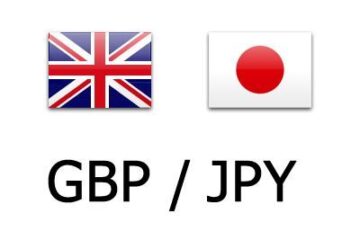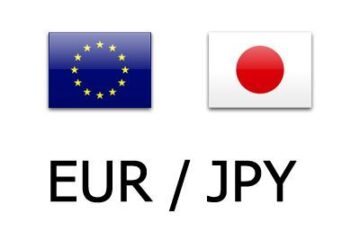PayPal (PYPL) says 2024 is a year of change and believes they are on the right track.
The fintech giant said in January that it plans to launch innovation for merchants and consumers, including a faster checkout experience and AI-driven merchant recommendations.
On July 30, PayPal released a rosy second-quarter earnings report. Revenue of $7.89 billion, up 8% year-over-year, tops the $7.82 billion forecast. Adjusted earnings per share of $1.19, a 36% annual growth, also beats the consensus estimates of $0.98.
Related: Veteran Wall Street trader reacts to SoFi second-quarter earnings
The transaction margin dollars of $3.61 billion during the last quarter, which is nearly half the amount of its total revenue, increased 8%, “the best performance on that metric since 2021,” according to the company.
“We are stronger today than we were six months ago, and we will be stronger six months from now than we are today,” CEO Alex Chriss said in the earnings call.
PayPal was one of the worst Nasdaq performers in 2023.
Image source: Shutterstock/TheStreet
AI innovation brings strong outlook
Like many other tech giants, PayPal sees a massive opportunity in AI.
“The data that we have and our ability to actually see what people have bought and know what merchants are trying to target, that’s where I think AI is the huge opportunity for us,” said Chriss in an interview with Reuters.
Related: Analysts overhaul Facebook parent stock price targets after earnings
In January, the company introduced PayPal Smart Receipts to help merchants incentivize repeat customers and assist consumers in finding the best deals. When consumers shop with PayPal, they receive a receipt that not only tracks their purchase but also uses AI to predict future purchases from that merchant.
“As almost 45% of PayPal customers globally open their email receipts every day—an incredible open rate—this could mean tens of millions of merchants and hundreds of millions of consumers seeing timely, hyper-relevant recommendations and rewards in these receipts,” the company said in a press release.
The rollout, which is a big move after Alex Chriss became CEO in September 2023, came along with a 9% layoff in January. “Across our organization, we need to drive more focus and efficiency, deploy automation, and consolidate our technology to reduce complexity and duplication,” Chriss wrote in a letter.
PayPal stock lost 17% in 2023 and was one of the worst performers on the Nasdaq 100 Index that year. In February, it announced a weak outlook with flat growth for the full year 2024. But in April, it lifted its 2024 profit forecast to a mid-to-high single-digit percentage increase, then upgraded it again to low to mid-teens growth after the second quarter.
“I’m confident we are on the right track and making meaningful progress on our transformation to position PayPal for long-term durable and profitable growth,” Chriss said in the earnings call.
Analysts upgrade ratings and raise price target
At least 13 analysts increased their price targets, and two raised their ratings after PayPal’s strong second-quarter earnings, Reuters reported.
Argus upgraded PayPal to Buy from Hold and set a $75 price target. Despite facing increased competition, PayPal has resumed growth in active accounts and is “making progress faster than originally expected,” the analyst tells investors in a note.
Macquarie also raised the price target on PayPal to $90 from $85 and keeps an Outperform rating. Analyst Paul Golding said the results and full-year outlook upgrade offer further evidence of PayPal working towards its transformation.
More Wall Street Analysts:
Analyst revisits Nvidia stock price target after Blackwell checksAnalysts prescribe new Walgreens stock price targets after earningsAnalyst revises Facebook parent stock price target in AI arms race
BMO Capital keeps a Market Perform rating on the shares but raised PayPal’s price target to $72 from $65. Analyst Rufus Hone remains concerned that it will be challenging for PayPal to sustainably accelerate transaction margin dollar growth in the medium term.
Related: Veteran fund manager sees world of pain coming for stocks


